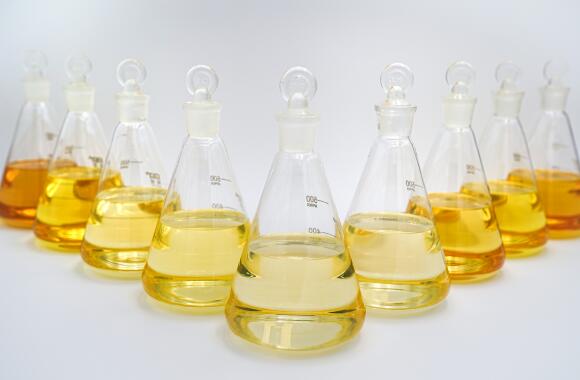
In many areas of production, as we all know, pulping and papermaking, fermentation, pharmaceutical and food, oil and natural gas, froth flotation, wastewater treatment, the dyeing of textiles, the preparation of phosphate, food and beverage production and other chemical production process, there are a lot of excess bubbles, which seriously affect the production efficiency and product quality.
Therefore, it is often necessary to add defoaming agent in the production process to inhibit the formation of bubbles. At present the commonly used defoaming agents include polyether defoaming agent and organosilicon defoaming agent. The deforming agent can be used in each working procedure in the papermaking industry with high defoaming efficiency, long defoaming time, good dispersibility, and less adhesion in the pulp and less resin obstacle. But its foam suppression effect is not that excellent, and this kind of defoaming agent has a high cost, and is easy to have scale. If you don't have great emulsification technology, it may give a rise to silicone oil condensation, which will adhere to the pulp, forming spots on the product's surface, even causing poor gluing and other problems.
High carbon alcohol is an important product of modern petrochemical industry and an important raw material of daily chemical industry. It is the main basic raw material of synthetic surfactant, detergent and plasticizer and many other fine chemical industries. Processed products with it have important applications in textile, paper making, food, medicine, leather and other fields. With the rapid development of economy, the demand for high carbon alcohols and their derivatives is increasing gradually. Aiming at the forgoing weak points of the defoaming agent, the technical problem to be solved by the present invention is to solve the deficiency of the existing defoaming agent and to provide a kind of high carbon alcohol defoaming agent that does not condense, has a wide range of temperature adaptation, do not affect the paper coating effect, and is cheap, emulsifies simply, and is not easy to form spots.
To solve the above technical problems, the invention adopts the following technical solutions:
A high carbon alcohol defoaming agent with the characteristics that it comprises the following components of part by weight: 15-30 parts of high carbon alcohol; 10 to 25 parts of emulsifiers; 10 to 25 parts of anionic surfactant; 5 to 15 parts of oil phase auxiliaries; 60 to 80 parts of deionized water; 12 to 35 parts of sodium bicarbonate; 5 to 20 parts of sodium chloride;
It also includes high carbon alcohols; Emulsifier; Anionic surfactant; Oil phase auxiliaries; Deionized water; Bicarbonate; After sodium chloride is fully mixed up, a mixture of ozone and helium is fully pumped into the material liquid, and the volume ratio of the carbon dioxide and helium is 2:7, and the mixture stands still for half an hour after injection.
Further improvements to the above technical scheme are as follows:
The anionic surfactants we talk about are fatty acid esters.
The oil phase auxiliary is a composition of glycerol, paraffin and n-octyl alcohol; The mass ratio of glycerol, paraffin and n-octyl alcohol is 1:5:6.
The emulsifier is a mixture of polysorbate 60, sorbitol anhydride oleate and sodium dodecyl sulfate. The mass ratio of polysorbate60, sorbitol anhydride oleate, sodium dodecyl sulfate is 3:1:2.
The defoaming agent has a wide range of application temperature, and can be applied to the temperature of 1 to 120 degrees. The paper after being manufactured has a good uniformity, which is 35% higher than that of printing paper, which is rapid in emulsifying and leaves no spots.